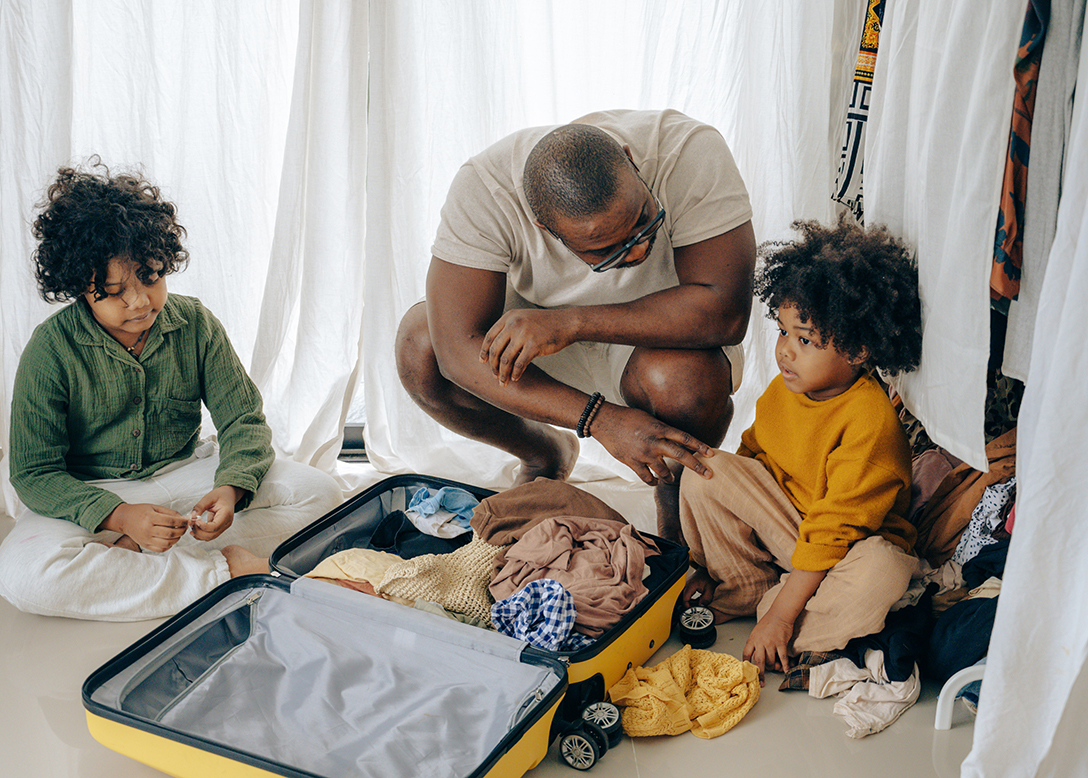by Cady Andersson
For many years time outs were viewed as the more appropriate and respectful means of disciplining your child.
Time outs are, indeed, an improvement over spanking your child. Physical punishment only teaches children in your care that it is okay to hit someone you love, especially if they are smaller and weaker than you.
Although time outs are preferred to spanking, they are still ineffective as a discipline tool. If spanking teaches your child it is okay to hit someone you love (especially when you are trying to teach them a lesson), then time outs teach your child that when a mistake is made love is withdrawn.

But don’t be fooled. The actual punishment of a timeout is withdrawal of love and connection.
We are a society of over-stressed adults who don’t believe we can (safely) relax and take time for ourselves. We are afraid to “mess up” because we fear we will no longer be lovable or respected. (Does that sound familiar to you? If it does, don’t worry, most of society is right there with you, myself included.)
We need connection and compassion even more when we make mistakes – not less. Now, are parents or caregivers who use time outs ruining the children in their care? No. Absolutely not. Did our parents and caregivers give us time outs because they love us and did not want to hit us as a way to teach us the difference between appropriate and inappropriate behavior? Probably. Are time outs still an ineffective tool for behavior management? Yes.
The trouble with time outs is that, even when administered with love, the underlying message is the same: “You did something wrong and now we can’t be together (even though you are experiencing a huge, monstrous, scary feeling you don’t know how to handle alone). Sorry. I won’t help you right now.” Children often do not have the ability to calm themselves down (unless you have already taught them the skills through co-regulation).
Children do not gain skills by sitting alone in their rooms or on a “naughty” chair. (Naughty chairs are shaming devices and as compassionate caregivers we will no longer be using them. Great! Go Team!) There is a different, more effective tactic to meet both your needs and the needs of the child. More on this in a moment.
If you still aren’t convinced that time outs may not achieve your ultimate goal, consider this. When little Shawn kicks Liza and you put Shawn on time out, is Shawn sitting there thinking, “You know, my dad is right. Kicking Liza was an inappropriate choice. That was wrong of me. Liza and I will use our words next time to discuss what is really bothering us – the equal division of our mutual rights to use the same train set?” Yeah, right, if only. Here is what Shawn is really thinking, “This is so unfair. My dad is the worst. He didn’t even care why I kicked her. As soon as I am free from this time out I am going to make Liza pay for getting me in trouble. This time I’m not going to get caught either!”
Time outs create a warden-prisoner relationship. You being the warden; the child being the prisoner. Do the prisoners respect the warden? Maybe. Do the prisoners obey the warden? Sure. Sometimes – when the warden is watching. Do the prisoners do what the warden says because they love the warden and think the warden has their best interests at heart? Probably not.
So what is a compassionate caregiver to do when faced with a highly emotional situation and inappropriate behavior? Consider taking time off from time outs and use a “Time In” or “Cool Down Time.” The good news is this tactic is basically a time out without the withdrawal of your presence. Let’s take a look at this in action.
Scene: Shawn kicks Liza. After checking in with Liza and helping Liza in any way she needs, you turn to Shawn. “Shawn, it seems like you are feeling really upset right now. Let’s go find somewhere to sit where we can calm down.” Once you arrive at your calm down location, you say, “I noticed you kicked Liza. Did something happen that prompted that?” Then Shawn might rock your world by revealing to you something you didn’t see that inspired the kick. When this happens my usual response is, “Wow. I bet that made you feel really sad. I understand why you wanted to kick her. I understand that you wanted to kick her because she said something unkind to you.”
Now, something magical happens at this point – Shawn will likely already be calm because you listened to his story without harshness or judgment. It is powerful to be heard and validated. Being understood can quickly calm a person’s emotional state. If Shawn still needs to calm down, you can proceed with the following, “Do you want me to stay here with you while you take some calm down time or would you like to calm down alone?” If Shawn says he wants some time alone, no problem, you tell him that you will be nearby if he wants to talk and then you give him space. If Shawn says he wants you to stay, you proceed with something like: “Great. How should we do that? Do you want me to read a book? Do you want to talk? Should we play some music?”
When Shawn is calm, you two may begin to kindly and productively discuss how he could have handled the situation differently through a guidance talk. Start with something like this, “We cannot use our bodies to hurt other people. My job is to keep both you and Liza safe. Does that make sense?” Shawn will offer you some kind of response, often a yes. From here, brainstorm ideas together for what Shawn could do differently in the future when a similar scenario arises.
When you take time off from time outs you will start to notice something magical taking place. The children will begin to learn how to behave when a situation like this reappears in the future (as it always does). Through repetition, cool down time in place of time outs, and coaching from a compassionate caregiver like you, children will begin to self-manage conflict. Who knew that time off from such a popular disciplinary tool could reap such rewarding results? Enjoy!


